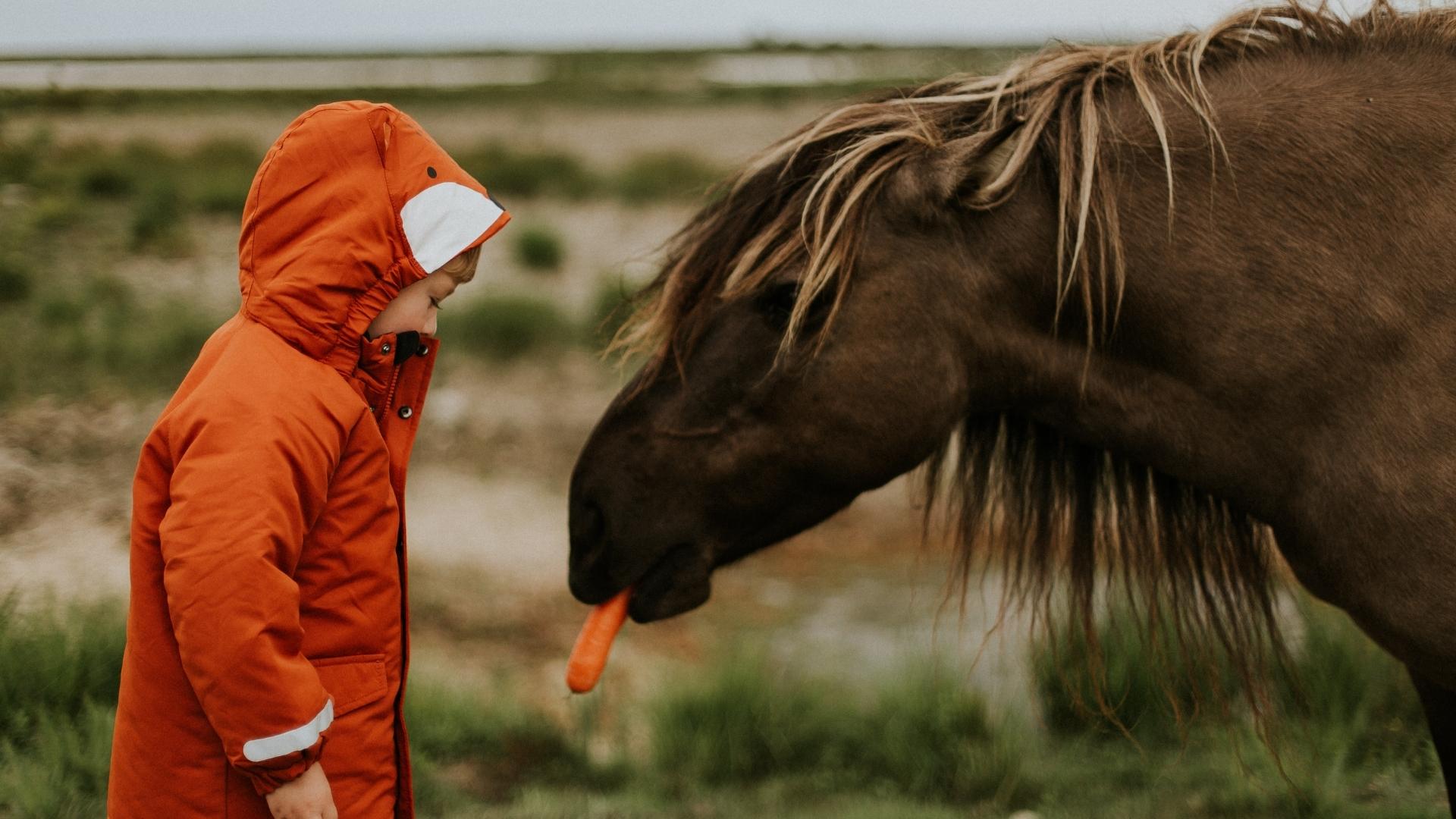Pet Intervention
Pet Intervention utilizes animals for humans’ benefit, often used for health or development benefits. The term “animal-assisted intervention” is an umbrella term that encapsulates many other practices, such as animal-assisted therapy, animal-assisted activities, and animal-assisted education.
Learn about Pet Intervention and understand how introducing animals into your daily activities can improve results in many ways. In various functional areas, you will receive specific examples of animal-assisted goals. In addition, you’ll develop a toolbox of animal-assisted interventions and animal-focused remedies that you can utilize immediately. We have included the most recent study findings and a basic understanding of the human-animal emotional link. You’ll also discover efficient information and tools to help you develop and implement your own animal-assisted activities.
Why we do what we do?
Rationale
Human-Animal Bond. The relationship between people and animals can benefit both parties emotionally and psychologically. For example, service animals help young children who are troubled, defiant, or have emotional or behavioral problems, express themselves through play and petting an animal. Outcomes often include better coping skills, improved behavior, and enhanced parent-child relationships. Each child learns to cope differently based on age, symptoms, and specific trauma circumstances.
Animal-Assisted Intervention and Why?
Dogs and cats are the animals most commonly used in animal-assisted intervention. However, various therapy programs also use fish, guinea pigs, horses, and additional animals that meet specific screening criteria. The type of animal chosen depends on the intervention goals of an individual’s recovery plan.

Dogs are perhaps the most common animal used as emotional support animals or within the animal-assisted intervention. Dogs reduce anxiety among children. They also help children relax, provide comfort, relieve loneliness, increase mental stimulation, and provide an escape or happy distraction.

Horses have become a prevalent animal for animal therapy because they give immediate feedback on the person’s actions. Although horses can mirror the handler’s feelings, a horse’s large and intimidating appearance allows for an individual to gain trust around them quickly.
